Curious what the 2025 turkey season is shaping up to look like? Our inaugural Strut Report taps into leading turkey researchers and passionate turkey hunters to paint the picture of this year’s turkey hunting prospects.
The 2025 Turkey Season
Dr. Mike Chamberlain continues to conduct innovative research into all things wild turkey. His work can be found on Wild Turkey Lab in podcast, video, and written form. He recently let us know what’s been going on with wild turkeys and how the 2025 season might look.
“Depending on the region, populations in a lot of the South appear to be in one of two phases,” says Dr. Chamberlain. “Either they’re still declining, slowly, or they are stable. What you see across some states, such as Arkansas, Georgia, and Louisiana, where you saw fairly precipitous decline, which prompted agencies to make a number of regulations changes, in those states, it appears that populations have stabilized. We see stable populations in much of the upper Midwest, too, such as in Michigan and Wisconsin.
“If you look at Arkansas and Louisiana, specifically, harvest has actually started to trend up, which is great. So it appears that those populations have potentially reached their low point and now they’re starting to recover a little bit.”
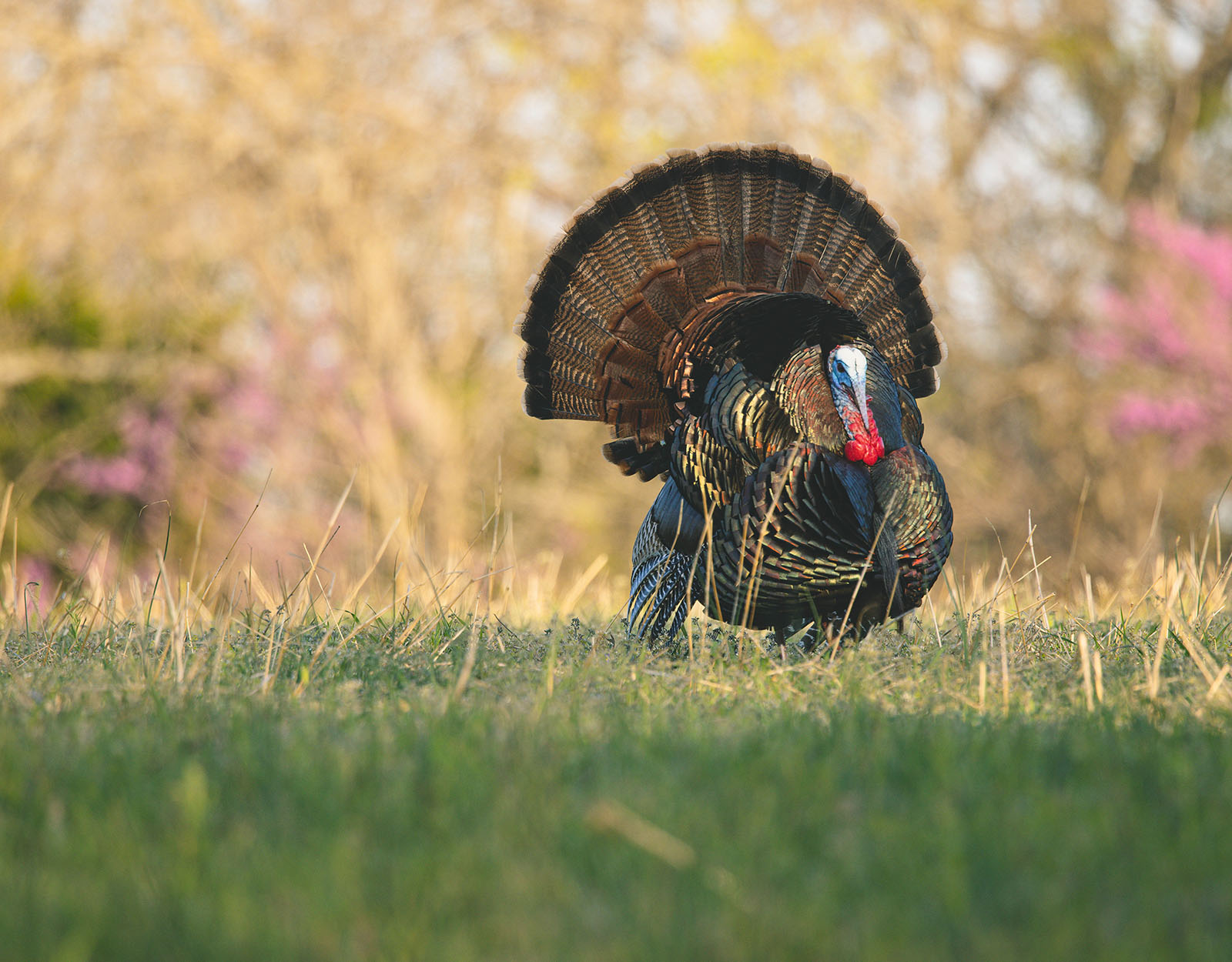
“In other states, it appears that populations are doing quite well,” says Dr. Chamberlain. “Virginia, for instance, is one state where harvest has continued to trend upwards and all signs point to things being okay. Of course, some states are still declining, like in South Carolina for instance. This just speaks to the complexity that agencies are dealing with.
“I liken it like this: Turkey populations, every year, in any part of their range function like a football game. Within the game, there’s positions on the field that influence the outcome of every game—offensive line, quarterback. In the turkey population world that’s habitat, predation—things we know are influential everywhere.
“But within certain years, and in certain football games, some positions have an impact on games that may not impact other games. So you may have issues of intensification of farming practices that might influence turkeys in one place that might not impact populations in another state. Again, it just speaks to the complexity of the question because we know that these populations are functioning differently from one part of the world to the other.”
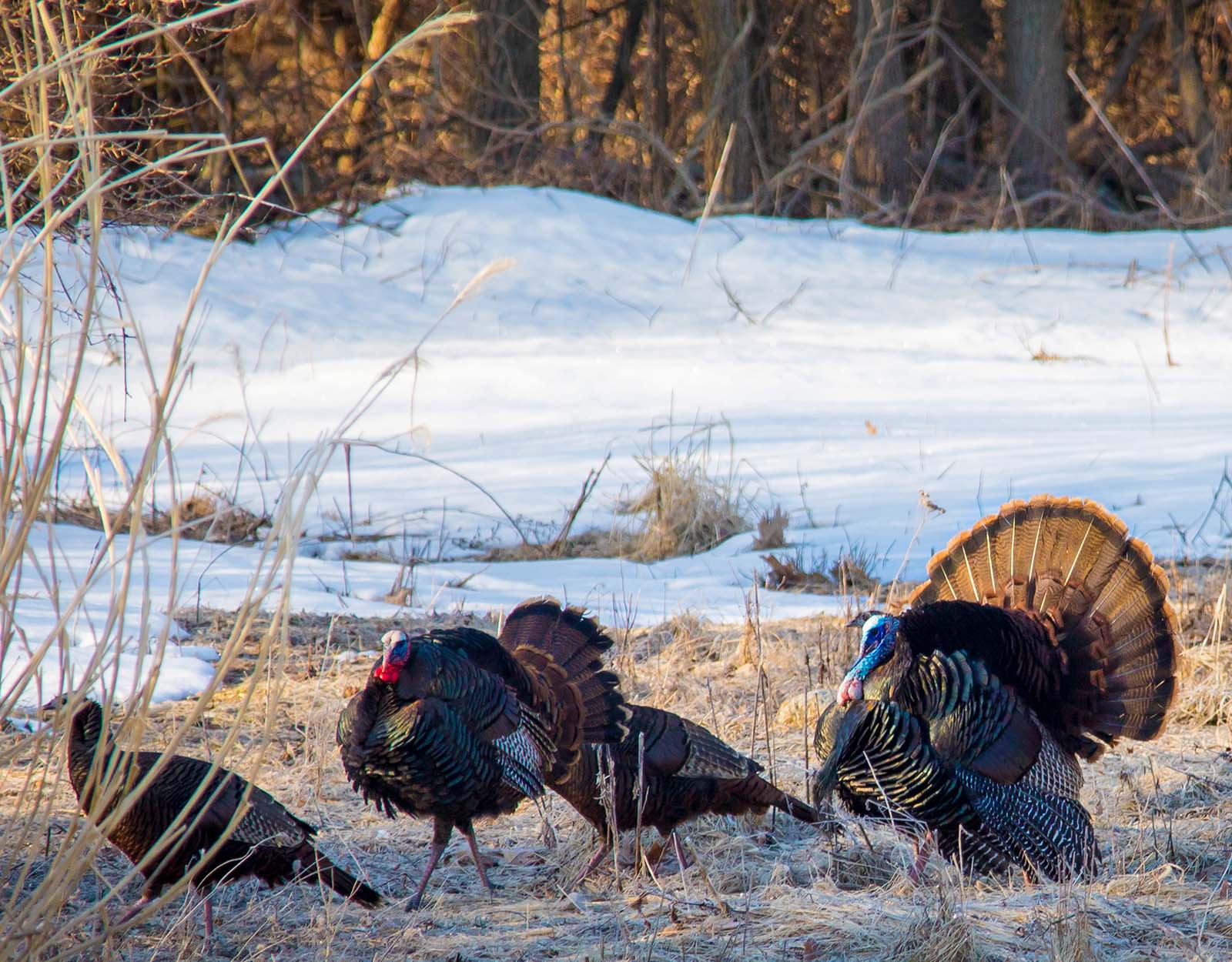
2025 Turkey Hunting Tips
With some wild turkey populations stabilizing, and some harvests trending up, the excitement around the upcoming turkey season is palpable. That’s why we reached out to many of our turkey hunting ambassadors to get insight into how they are approaching the 2025 wild turkey season. Here’s what they gave us.

Weather
“If I’m planning a road trip, I usually schedule my hunts around the weather. For instance, if I’m looking at a western hunt or a midwest hunt, I typically try to take off and go the day a front is coming through. I want to arrive and hit the roads, scouting for turkeys in places where I can see them, particularly in fields, as they are most likely to be there when it’s raining.” – Jordan Blissett, Speak The Language podcast
“I try to schedule my turkey hunting trips to avoid cold/snowy regions until later in the spring if possible. Rain is something that we all have to contend with at all times of the season, but I still try to avoid it when possible. For very windy days, I like to hunt areas that offer shelter from the wind. That could be the leeward side of a ridge or the downwind side of a block of timber.” – Shane Simpson, Shane Simpson Hunting
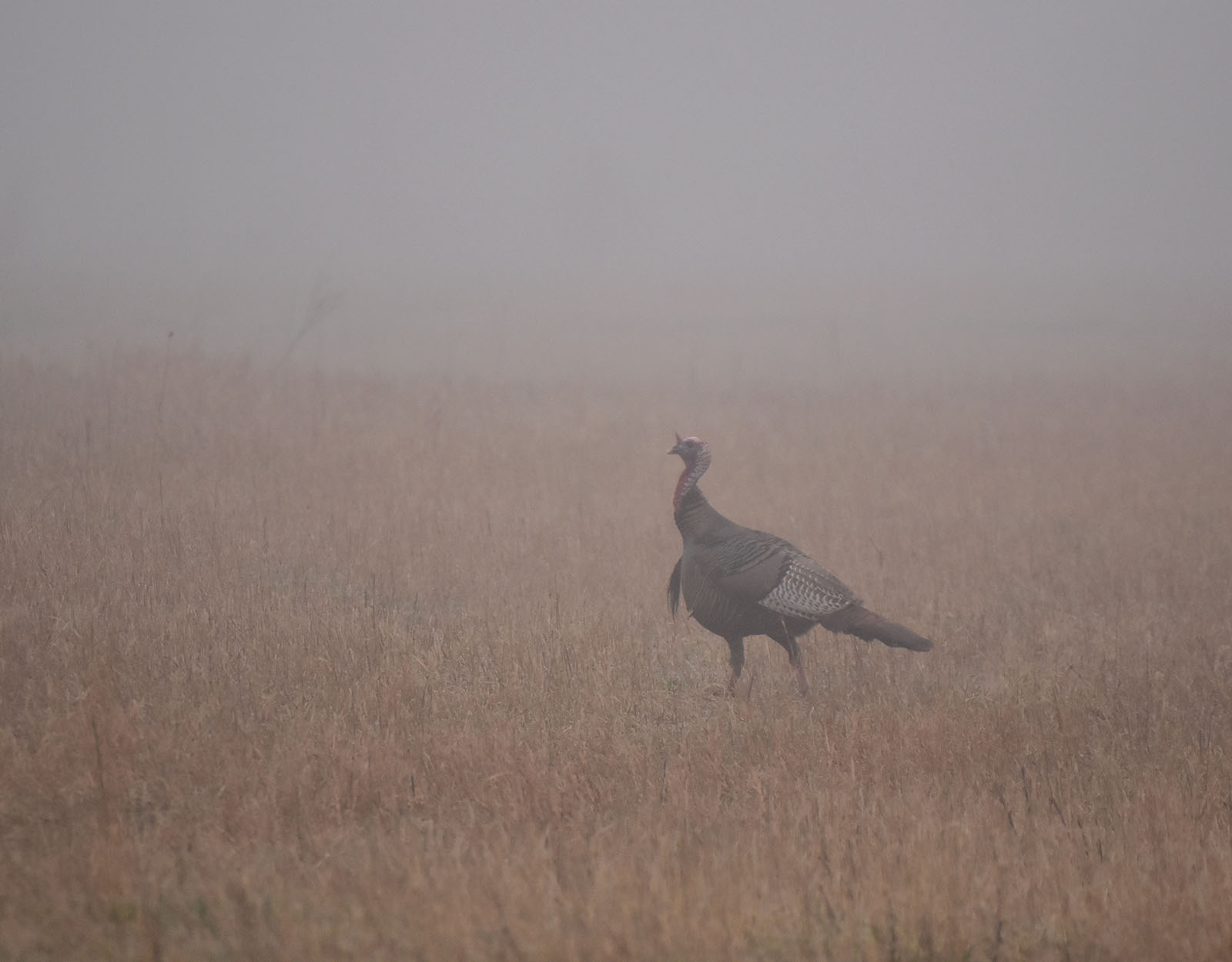
“Inclement weather affects the hunter as well as the hunted, so consider what measures turkeys will take to avoid or minimize the weather’s influence. For example, wet weather makes birds heavy. They often seek open areas to better protect themselves from predators knowing it’ll take longer to get airborne for an escape. Or during windy conditions, seek out the leeward side of a ridge system or utilize canyons and deep ravines where the wind may be subdued. But in the end, you must be present to win so even if it’s behind the windshield of your ride glassing fields, get out there.” – Dave Owens, The Pinhoti Project
“Rain can really shut gobblers down especially if it’s accompanied by high winds and cool/cold temperatures. However, nothing seems to make turkeys more visible than rainy days since they often leave cover for open fields.
“We take advantage of that behavior by adjusting our strategy. Instead of getting soaked in the field we’ll hop in a vehicle and drive around to glass for turkeys in open areas. If we can find them on public land that’s great, but we often see turkeys in fields on private land, so we’ll knock on doors to gain permission. It’s a proven tactic that has helped us kill gobblers even on the dreariest of days.” – Greg Clements, The Hunting Public


Favorite Terrain
“My favorite type of terrain to hunt is forested hill country. The hills allow for additional cover when trying to make strategic moves on gobblers and calling a gobbler through the timber is just an overall better experience for me personally. For me, not being able to see the gobbler until he is in range provides much more excitement and anticipation than watching a gobbler strut his way across a huge field to my position.” – Shane Simpson, Shane Simpson Hunting
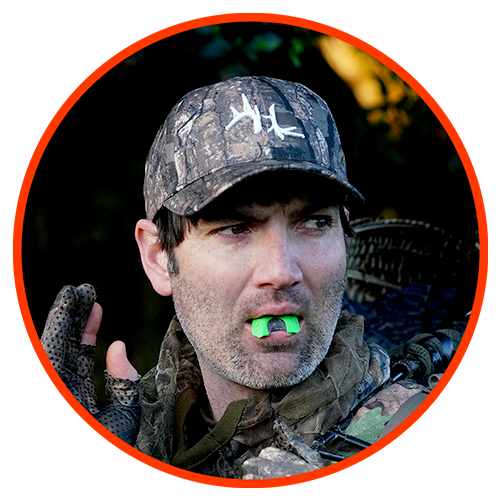
“The big hardwoods of the South, have and always will be, my favorite place to hunt. Being from Georgia, obviously I grew up there hunting, but there’s just something about hearing a gobble in the hardwoods that gives me chills. When they come up through the hardwoods screaming, it sounds like logging chains rattling it gets so loud. I absolutely love it. They are some of the toughest turkeys I’ve ever hunted, so the reward is that much sweeter when you finally can catch up to one and fool him at his own game.” – Phillip Culpepper, Hunt Club
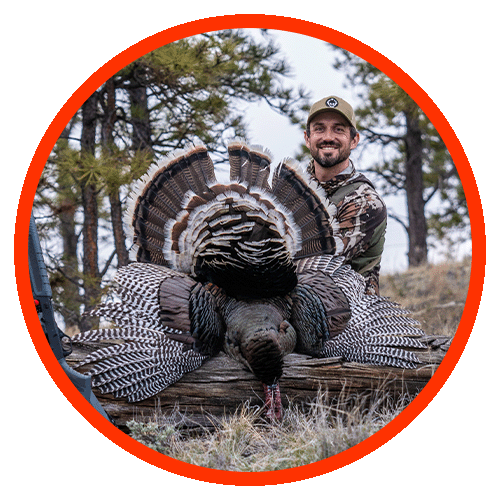

Best onX Hunt Feature for Turkey Hunting
“I constantly use the Compass Mode during spring turkey.
When it comes to locating and pinpointing a gobble through the terrain, there is nothing better. You can get a look at how to use the land in your favor and get a better idea of how the birds will use the topography as you move in or get to a place you can call them to you.” – Sam Soholt

Favorite Turkey Hunting Days
“It’s hard to beat opening day regardless of where you’re at, but if I had to hand pick 3 or 4 days to hunt in Georgia it would be the last week of April. The birds seem to be still pretty vocal but also looking for the last few hens. They just seem like they work to calling better. I love to cover ground and run-and-gun, so typically during this time frame I’ve had the most opportunity at getting a bird to respond and have him finish the deed more times than not.” – Phillip Culpepper, Hunt Club
“With most of my days spent turkey hunting in Missouri I would say opening day is often times my favorite day to hunt Missouri. Mostly, because of tradition but also because of un-pressured birds. If I were to pick one day of the season though, I would take a look at the forecast of the first week and look for a warmer day, low wind speed and clear skies to hunt. Those types of days seem to be the ones with the most activity.” – Shawn Luchtel, Heartland Bowhunter
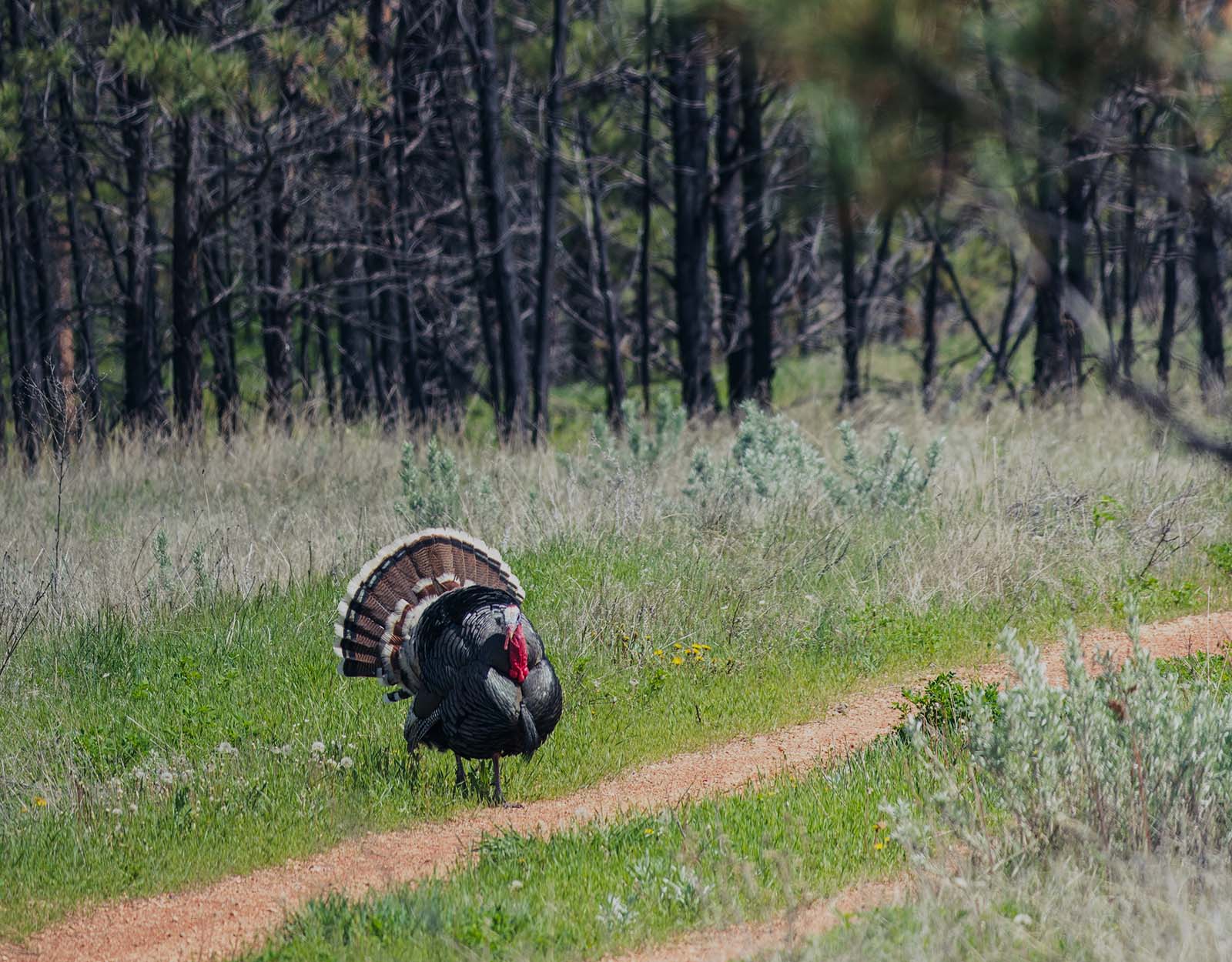
“In my home state of Minnesota, or anywhere in the upper Midwest for that matter, the late season (mid-to-late May) is my favorite time to hunt. Temperatures are milder, and the weather patterns have usually stabilized to the point that most days are relatively calm and sunny. Perfect hunting conditions in my opinion.” – Shane Simpson, Shane Simpson Hunting
“The entire month of May. Gobblers are lonely because flocks have broken up and the majority of hens are on the nest. We do very well out West in early May. This is also prime time to hunt the Midwest in places like KS, IA, MN, SD, and MO.” – Aaron Warbritton, The Hunting Public
“My roots are in Mississippi, the best hunting usually starts there around the first week of April. This is the best time to have the ‘real’ turkey hunting experience. That’s about the time they begin their nesting cycle. Not sitting on nests, but they’re starting to lay eggs, and therefore the middle of the day starts to get really good as hens leave to lay their eggs. They usually leave the gobbler behind or try to ditch him, and he’ll be looking for her to court.” – Jordan Blissett, Speak The Language podcast
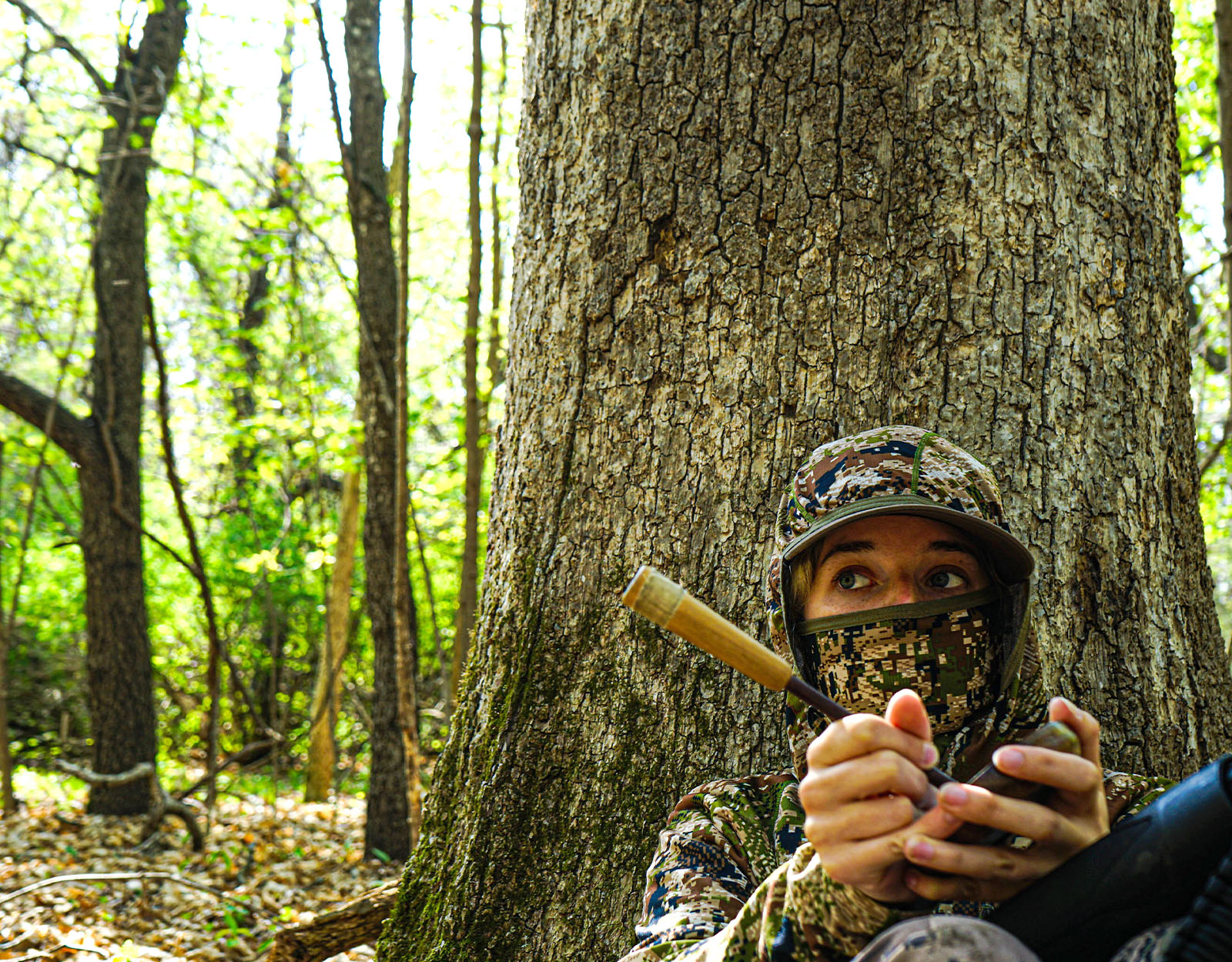
Top Turkey Hunting Tips
“I have had the blessing of hunting turkeys for quite a few years now, but I would not consider myself to be an expert turkey caller. I know the basics when it comes to calling turkeys and that has served me well. With that, I can imagine most turkey hunters are similar in that aspect. I have learned to announce my presence when I setup with a few calls and once the gobbler responds I will do my best to seldomly call. The gobbler usually knows exactly where the calling is coming from so I want him to think I am not interested. Most times, he is going to get impatient and want to know where the hen is at. If I can get him to show himself I have won half the battle.” – Shawn Luchtel, Heartland Bowhunter

“If I had to give one tip to a turkey hunter, it would be: don’t give up and also don’t spend a lot of time in empty woods.
“What I mean is that if you’re not hearing turkeys gobbling, you should spend your time in the woods searching for signs. If you’re not seeing a lot of fresh signs in the area, that usually means there aren’t turkeys nearby. I find my success by covering a lot of ground, but also by covering ground efficiently. What I mean by that is in agricultural country where turkeys use fields, I spend a lot of time scouting from my truck.
“If I’m in large, wooded areas I spend time in the creek bottoms or transitions looking for fresh scratching. If you are hearing turkeys gobbling, hunt the gobbling turkey!” – Jordan Blissett, Speak The Language podcast
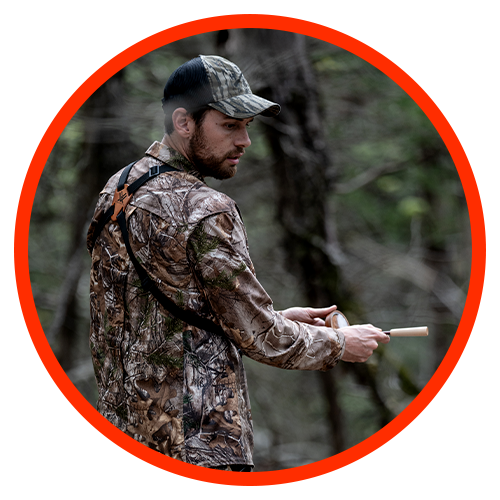
“Learn to increase and decrease the volume of your calling.
“If the goal is to call the turkey in—he has to hear you. My tip would be to start soft and increase the volume on every series until you get a definitive response from the gobbler. It’s good practice to take a friend to the woods and walk a few hundred yards away from them. Then start turkey calling. See how well your buddy hears the calling from various distances. If your best yelping sounds great to you but your buddy can’t hear it at 300 yards that’s a problem. A turkey’s hearing is similar to ours. Remember, he can’t come into your calling if he never hears it.” – Aaron Warbritton, The Hunting Public
“One thing I’ve learned is that when you’re trying to strike a gobbler is to always be ready and assume one is going to answer. Something I always try to do before I hit the call is to look around and have an idea of a tree or some cover to set up against if a tom gobbles close and starts to come my direction. It can be difficult to always be thinking about that, especially when you’ve called so many times in a row with no response. But at times we’ve had to learn the hard way when we’ve called and a tom gobbles close and then we’re scrambling looking for a setup and by the time we find something the gobbler has already closed the distance and busts us!” – Greg Clements, The Hunting Public
“Go unnoticed. Often in the turkey hunting game where calling is such an advertised aspect, hunters are apt to rummage through a property leaving everything “on its head,” so to speak. Slow down, read the room, and move through the terrain unnoticed. That ability alone will find you in the right spot more than any magic call or tactic.” – Dave Owens, The Pinhoti Project
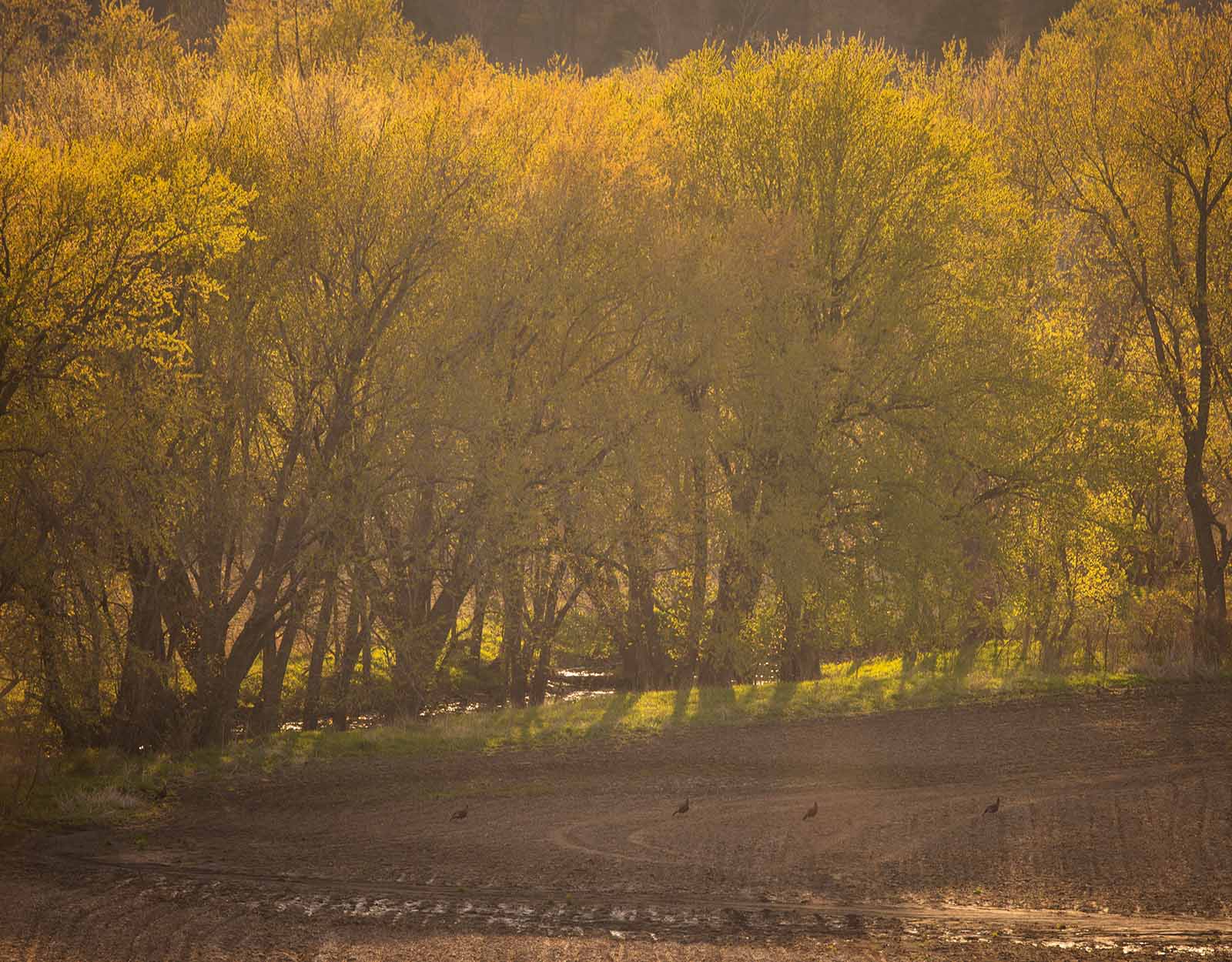
Final Word on the Season
Whether your state is one where harvest is trending up, the population is steady, or it’s still on the decline, take stock of the tips above and look for opportunities near and far to tee up the best turkey season possible.
Be ready to scout, knock on doors, or try new places if need be. Good luck and get out there.